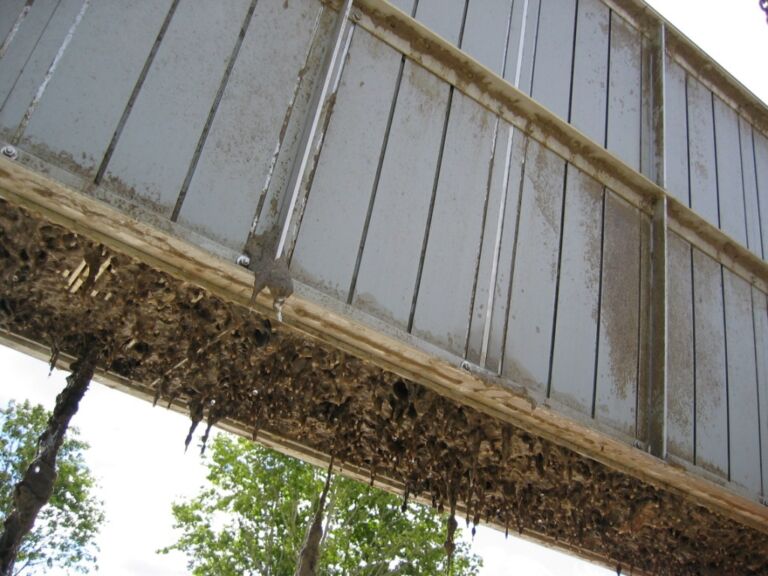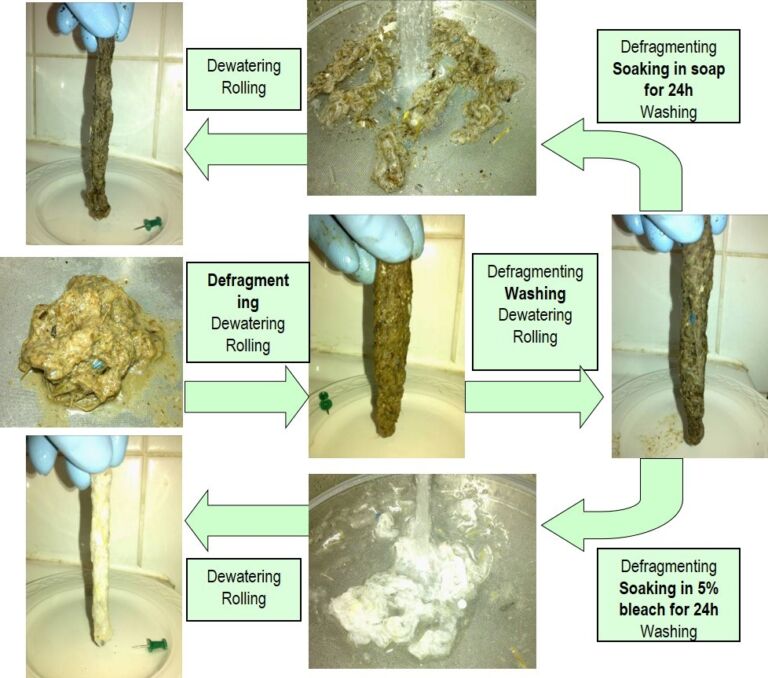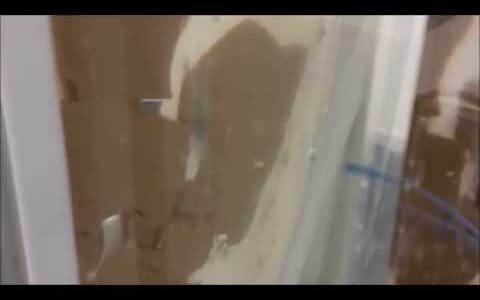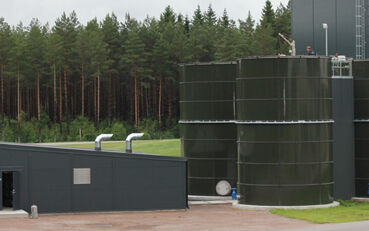From rags to hitches: clogging by rag reconstitution in MBRs

Simon Judd
Simon Judd is author of The MBR Book (Elsevier, 2010)
It is widely recognised by MBR practitioners that membrane bioreactors, and specifically those treating municipal wastewater, are subject to what is sometimes referred to as ‘ragging’. When the membrane module is removed, characteristic thick strands of material can be seen hanging from the bottom of the module.
Rags can be over a metre in length and may completely block the entrance to the membrane channel, or at least impede the passage of air, which then inevitably causes clogging (or sludging) within the membrane channels. As such, they are to be distinguished from normal sludging (sometimes called ‘localised dewatering’) which arises when the air scouring is insufficient to completely clear the membrane channels of solids, such that they form a thick cake which fills the spaces between the membranes.


It has always been assumed that these rags arise from the bypassing of the fine screens, allowing larger fibrous particles to enter the bioreactor and membrane tanks. However, given the sheer size of these particles, this can only partly explain the phenomenon. Moreover, rag formation has been observed downstream of perfectly well-maintained fine screens operating without bypass.
Whilst the rags have sufficient mechanical strength to be self supporting, and can wrap around components of the membrane module, they are readily pulled apart by hand. Because of their appearance, it has often been assumed that they are formed of a combination of hair and bathroom tissue. It is also the case that, whilst they appear to be quite prevalent in some regions or countries, they are less so in others – perhaps faintly suggesting that there may be underpinning cultural issues to rag formation.
It is only a recently published study (Stefanski et al, 2011) which appears to have identified a possible source of rag formation. Firstly, the authors used a simple fishing net to collect solids from an MBR identified as being subject to rag formation, and the solids readily formed rags (Fig 2a). They then washed and bleached the solids to remove move most of the organic matter and completely dissolve the hair, leaving a material which had the same basic mechanical characteristics as the untreated solids (Fig 2d). Whilst this material was recognised as being cellulosic in nature, it was found that neither bathroom tissue or paper towels could form self-supporting rags of this nature when the material was suspended in air.

In fact, it transpired that the only material which displayed exactly the same properties was cotton wool. It is this that provides some credence to the notion that cultural/domestic habits may exert an influence on the prevalence of ragging: a 2007 survey by the Keep Britain Tidy organisation revealed that in the UK 57% of respondents disposed of foreign items to the domestic sewer at least once a year, with 60% of the items being cotton wool based.
Clearly, unsavoury habits can have unimagined consequences.








